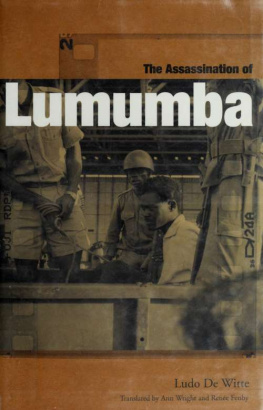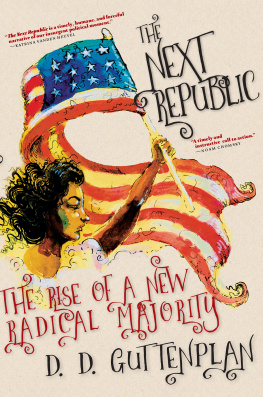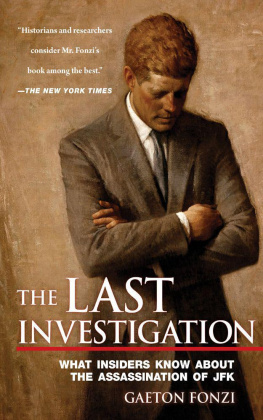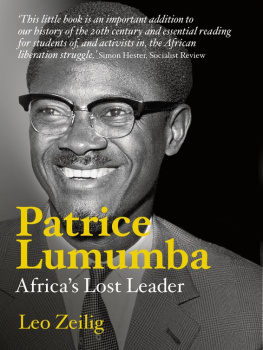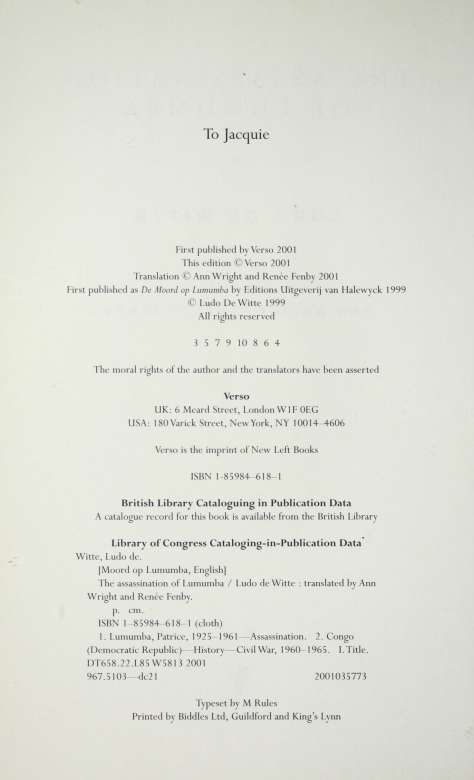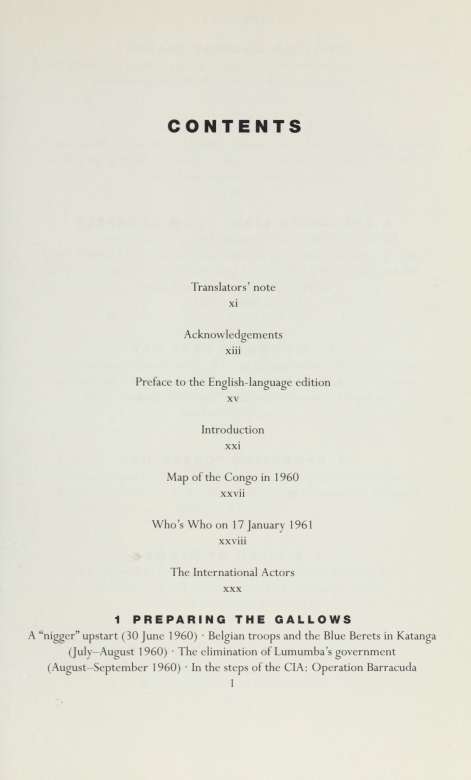This book made available by the Internet Archive.
The Gods are not all powerful, they cannot erase the past.
Agathon
How can a beret coloured blue erase, just like that, the prejudices of conservative officers from Sweden, Canada or Britain? How does a blue armband vaccinate against the racism and paternalism of people whose only vision of Africa is lion hunting, slave markets and colonial conquest; people for whom the history of civilisation is built on the possession of colonies? Naturally they would understand the Belgians. They have the same past, the same history, the same lust for our wealth.
Patrice Lumumba
Digitized by the Internet Archive in 2015
https://archive.org/details/assassinationoflOOwitt
CONTENTS
viii
2 UNITED AGAINST SATAN
Mobutus appearance on the political scene * The copper state, an oasis of peace The offended King Baudouin * The Belgian government
3 THE DEATH CELL
dAspremont Lynden and Loos in Africa. Lumumba delivered to Mobutu by the UN (2 December 1960) Camp Hardy at Thvsville The Belgians wait in Katanga * Tshombe saved again by the UN 46
4 THE GREEN LIGHT FROM BRUSSELS
Colonel Vandewalles new mission Patrice Lumumba must die
Mutiny in Thysville, panic in Leopoldville and Brussels (1214 January 1961) Bakwanga or Elisabethville? (14 17 January 1961) dAspremont Lynden orders Lumumbas transfer to Katanga (16 January 1961)
5 LUMUMBAS LAST DAY
From Thysville to Lukala, then to Moanda From Moanda to Elisabethville in the DC-4 Arrival in Katanga At the Brouwez house No blood on our hands Tshombe celebrates * Back at the Brouwez house Lumumbas last hour 93
6 OPERATION COVER-UP
Anxiety or celebration? * Masquerade in Katanga * No blood on our hands (encore) * Masquerade in Brussels and New York To the depths of hell
The world is informed 125
7 A RIVER OF BLOOD
The martvrdom of Jean-Pierre Finant at Bakwanga (9 February 1961) Cover-up in New York and Brussels The price of blood
Colonel Vandewalle and Feopold II 153
8 DANSE MACABRE IN GBADOLITE
Guy Webers confession Danse macabre in Gbadolite (1985) Fumumbas nationalism: a provisional evaluation 165
CONTENTS
ix
Conclusion: Lumumbas political testament
Notes
Bibliography
Chronology
Index

TRANSLATORS NOTE
A few terms have been left in the original French to avoid any risk of misinterpretation. They are elimination definitive, the crucial two words from the important 5/6 October 1960 telegram which can be rendered in English alternatively as to eliminate/dispose of/get rid of once and for all; Gendarmerie, the army of seceded Katanga, and the Bureau Conseil, the Belgian advisory committee in Katanga.
We have, wherever possible, retained the exact titles and ranks of the people detailed in the narrative (though have not always used such titles on second and subsequent mentions). The equivalent of the Commandant rank in the Belgian army and Gendarmerie (Major in the English army) is styled Major to avoid confusion with the specific and separate rank of Major in the Belgian army and Gendarmerie , which remains Major.
The term casques bleus which is used for the UN peacekeeping forces in the original French text has been rendered as Blue Berets, although this English term was not apparently used until the 1970s. All quotes from the United Nations correspondence in English are the original texts; some are ungrammatical (not having been written by native English speakers) and some include in-house abbreviation. The name of Kasa Vubu, often rendered in the original UN documents as Kasavubu, is here styled throughout as Kasa Vubu to avoid possible confusion.




ACKNOWLEDGEMENTS
I would like to express my gratitude to all who helped me with this book: Marilla B. Guptil (United Nations Archives, New York); Professors Francis Houtart (Louvain-la-Neuve), Benoit Verhaegen (Kinshasa) and Herbert Weiss (New York); the staff of the Institut Africain (ASDOC/CEDAF, Brussels); the depositaries of the A.E. De Schryver Archives; Bert Govaerts (VRT, Flemish television) whom I advised on his documentary about Lumumbas assassination; Angele Vandewalle-Saive, depositary of Colonel Frederic Vandewalles Archives; the staff at the Albertine Library (Brussels) and at the Louvain University Central Library; the lawyer Jules Raskin, who let me have his correspondence with Lumumba; Patricia Van Schuylenbergh from the Musee Royal de 1 Afrique Centrale; the officials at the Archives Department of the Joseph Jacquemotte Foundation (Brussels); Jacques Brassinne, who let me read his doctoral thesis on Lumumbas assassination; and Fran^oise Peemans and Claudine Dekais at the Belgian Foreign Ministry Archives Service (Brussels).
Albert de Coninck, Father Jacques Steffen and Professor Benoit Verhaegen shared their memories with me; they either witnessed or participated in these historical events. Jules Gerard-Libois (Founder-director of CRISP, the Centre de Recherches et dInformations Socio-Politiques) gave me his time for a very interesting exchange of ideas on the subject. Erik Kennes (Institut Africain) and Jean Van Lierde gave me documents and specific information or ideas for further research.
Several people helped me in the final stage of this book: Professor Jan Blommaert (Ghent), Jacqueline Dever, Bert Govaerts (VRT), Mputu Tshimanga Chantal, Olela Odimba Raphael, Walter Roelants, Daouda Sanon, Geert Seynaeve, Tshimanga Ilunga Jean, Jean Van Lierde, Professor Benoit Verhaegen (Kinshasa) and Eric Wils. Although I take full responsibility for this book, their comments were an important addition to the final version of this work.

PREFACE TO THE ENGLISH-LANGUAGE EDITION
When this book first appeared in Dutch, the press duly concentrated on its main conclusion: that the Belgian government was primarily responsible for the murder of the Congolese prime minister Patrice Lumumba. It is obvious to the reader, however, that other parties were equally guilty. True, the Belgians and the Congolese actually killed Lumumba, but without the steps taken by Washington and the United Nations during the preceding months, the assassination could never have been carried out. In July 1960, after Belgium intervened in the Congo and after the rich copper state of Katanga seceded, the United States went into action. The Western super-power supported intervention by the United Nations to stop Lumumba calling on friendly African armies or the Soviet Union to help him combat BelgianKatangese aggression. Dag Hammarskjold, the UN Secretary General, deployed an impressive array of military force. The Blue Berets protected Katanga and played a decisive role in overthrowing the Congolese government. Meanwhile, US President Dwight Eisenhower had instructed his aides to liquidate Lumumba and a top secret CIA unit was given the task of eliminating him. Brussels wholeheartedly agreed with this objective and also sent out a commando operation.

